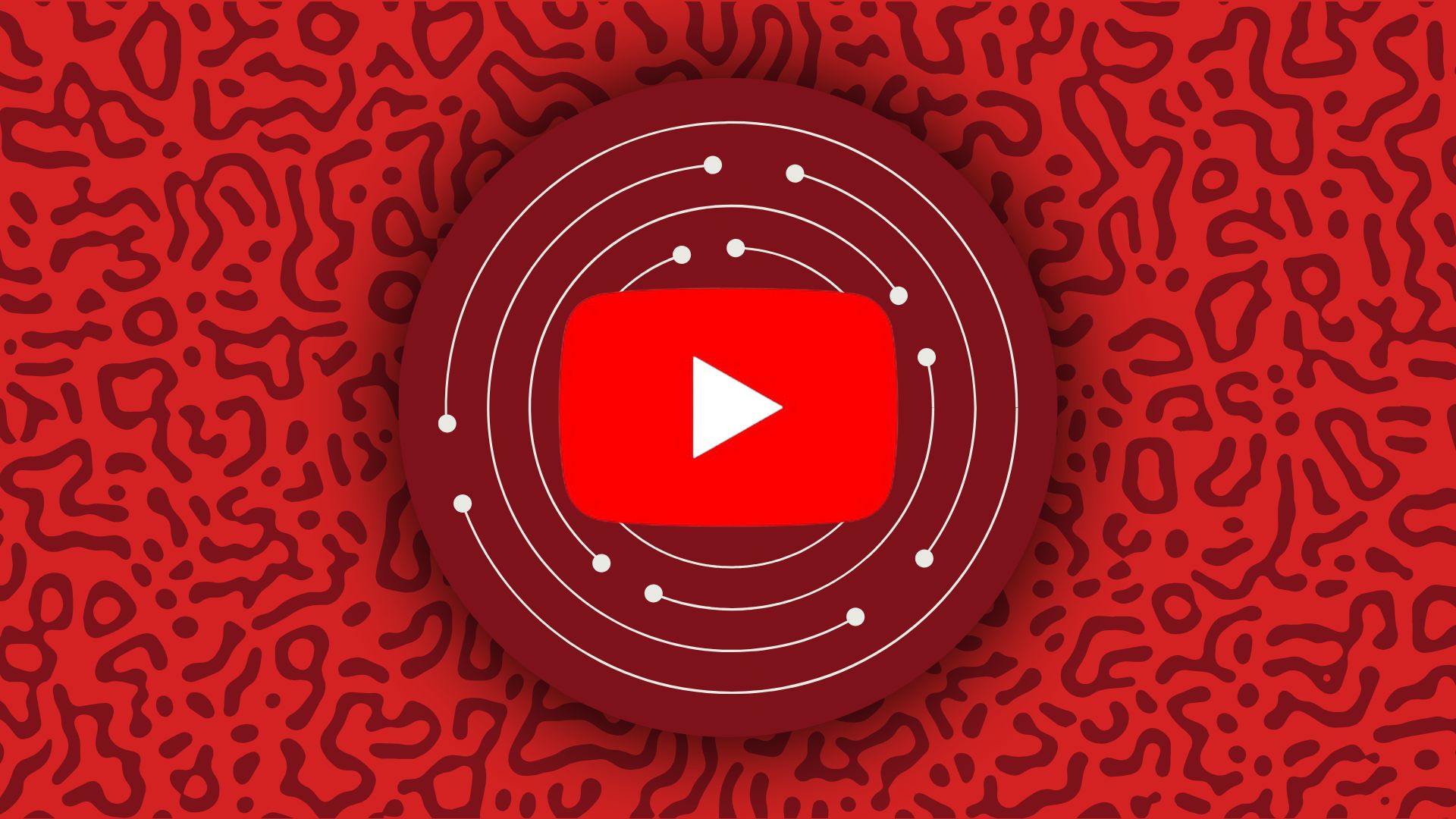New data from BrightEdge confirms what many in the industry suspected. YouTube isn’t just outperforming other video platforms in AI search results. It is the default source. In most cases, it is the only video platform that matters.
BrightEdge analysed citation data from Google AI Overviews, Google AI Mode, Perplexity and ChatGPT between May 2024 and September 2025. The results show a huge gap between YouTube and everyone else.
The scale of YouTube’s lead
On average, YouTube holds a 20 per cent citation share across AI platforms. This gives it a 200x advantage over its nearest video rival, Vimeo, which sits at just 0.1 per cent.
On Google AI Overviews, YouTube is cited in 29.5 per cent of results, making it the top domain overall. It even outranks authoritative sources such as Mayo Clinic and Investopedia. Even platforms that are not part of Google’s ecosystem, such as ChatGPT and Perplexity, rely heavily on YouTube for video content.
Platform trends
BrightEdge’s breakdown by platform shows YouTube is consistently ahead across the board:
- Google AI Overviews: 29.5 per cent citation share, average ranking position 6.3. There was a recent dip of 32.8 per cent week on week but it remains dominant.
- Google AI Mode: 16.6 per cent share, average position 9.7. A small week on week decline of 3.2 per cent.
- Perplexity: 9.7 per cent share, ranking fifth overall, with 4.8 per cent weekly growth.
- ChatGPT: 0.2 per cent share, but citations are doubling each week from a small base.
Around the end of August 2025, BrightEdge noticed a sharp shift. Multiple AI platforms increased their use of YouTube citations at the same time. This may signal that video is becoming a more central part of AI search results.
The types of queries that trigger YouTube citations
The data shows that AI search platforms are most likely to cite YouTube when the content demonstrates or explains something clearly. Examples include tutorials, product demos, pricing and deal hunting, and medical or financial how-to videos.
YouTube citations are far less common for abstract or strategic questions, career guidance, or purely conceptual content. In most AI results, YouTube links appear in positions three to ten, suggesting they are often used to support text rather than replace it.
Why this matters for digital marketers
For many brands, AI search is becoming an important source of visibility. The dominance of YouTube means that if you are not creating content there, you may be effectively invisible in AI-powered search results.
The most effective videos are those that show, explain or compare. Tutorials, demonstrations and review content are strong candidates. Video should be seen as a complement to written content, helping to build trust and authority, rather than a replacement for it.
Titles, descriptions and transcripts should be clear and descriptive, and where possible, videos should be structured with chapters or timestamps. Embedding these videos into related articles or landing pages can also strengthen their visibility.
YouTube has become the authoritative video source for AI search. Other platforms barely register. For digital marketers, the message is straightforward. If you want your brand to be visible as AI search grows, a well-thought-out YouTube content strategy is no longer optional.






